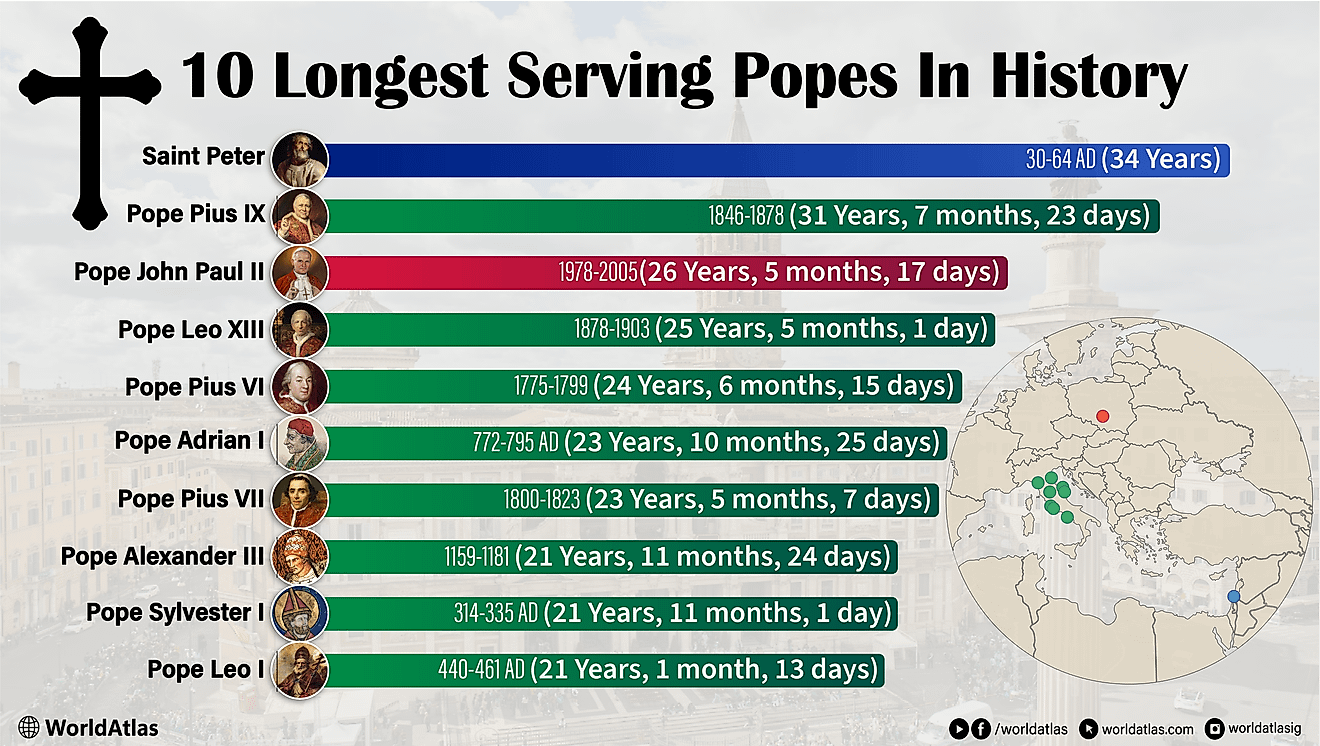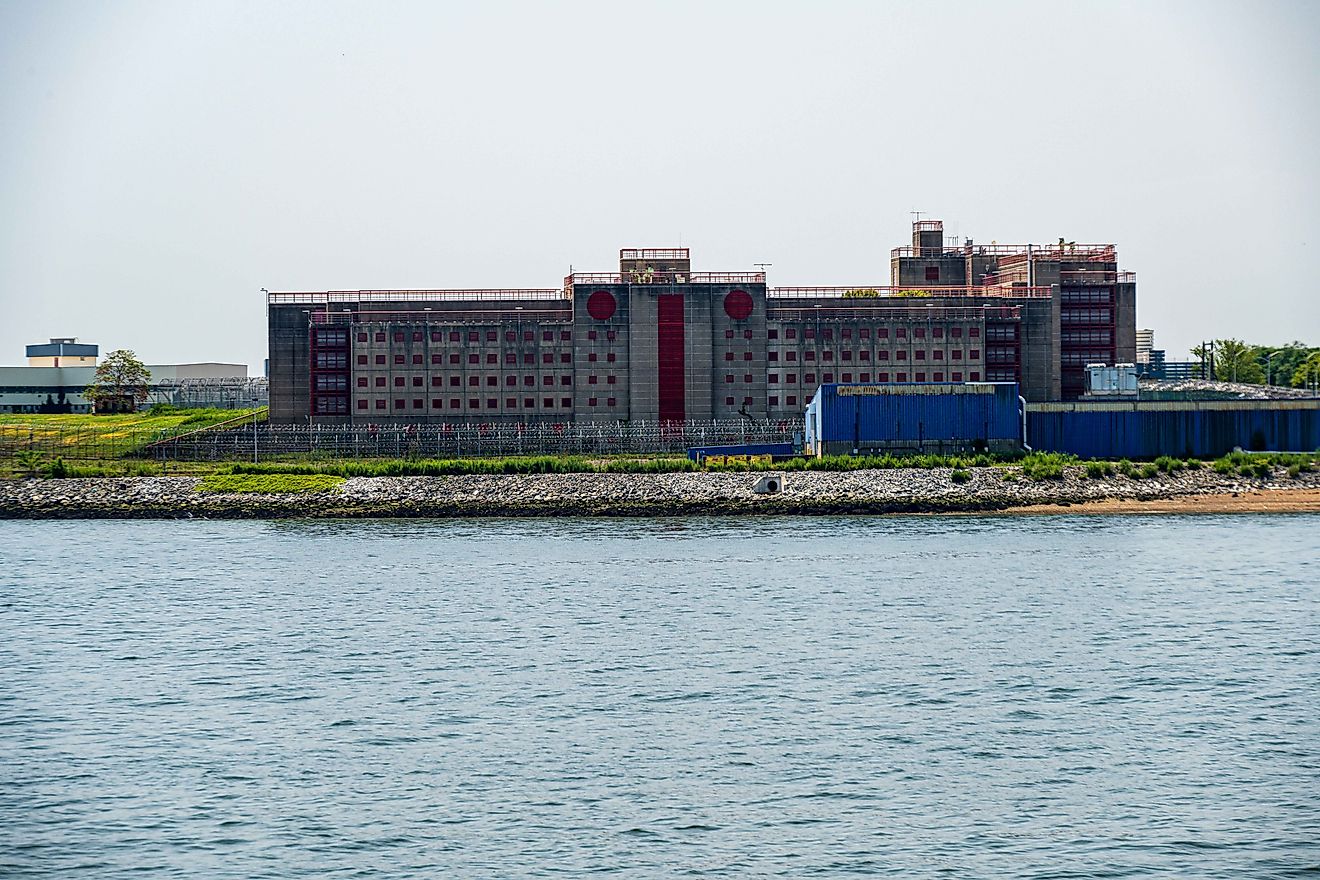Countries With the Highest Population Growth

- Natural population growth is affected by things like war, contraception, distribution of population among age groups, life expectancy at birth, and immigration and emigration patterns.
- Four of the five countries with the highest population growth are in Africa: Niger, Angola, Benin, and Uganda.
- The world's population could grow to 11.2 billion people by 2100, much of which will be in poorer countries.
The world's population is about 7.8 billion people, and it continues to increase quickly. According to scenarios determined by projections from the UN and other international organizations, the number will increase by about 3 billion people by the year 2100. This growth is a result of people living healthier and longer amid improved living conditions.
A downfall to rapid population growth in impoverished nations is it creates unique challenges as countries strive for prosperity. Elevated rates of growth also place a heightened burden on governments of these nations, as they try to stretch their finite resources and infrastructure as far as possible.
A greater number of births than deaths result in what is known as “natural” growth. This type of growth is affected by things such as war, contraception, distribution of the population among age groups, and life expectancy at birth. Immigration and emigration are significant contributors to the population changes within a country, as well.
Here is a summary of the five countries with the highest population growth:
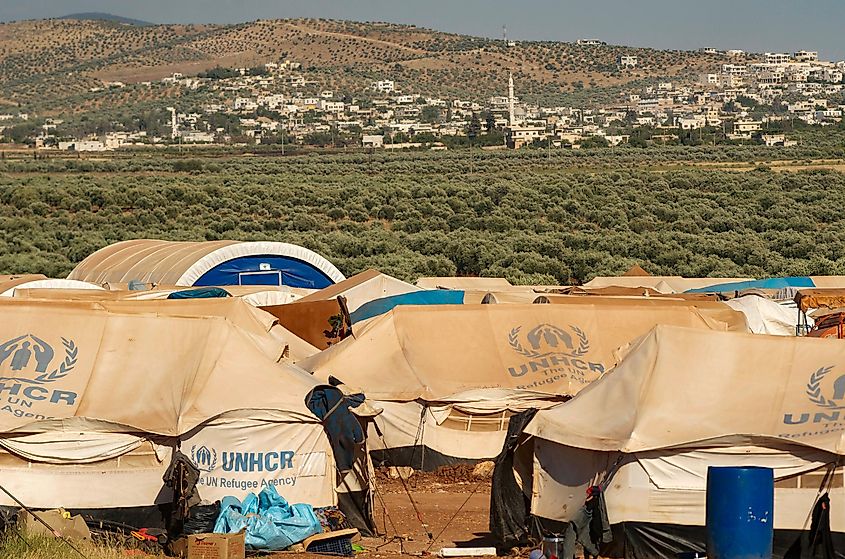
Syria
Growth rate: 4.25%, Population: 19,398,448
Over the years 2011 through 2018, the Syrian Civil War caused the country's population to decline—more than 5 million people fled to other countries for safety. However, Syria's population has increased since 2018. The main contributing factor is that between 2019 and 2020, over 430,000 people came to the country either by birth or migration representing a growth of 2.54%, creating a much higher growth rate than the prior year (0.74%). By the end of 2023, the country's population is expected to surpass over 20 million. This population growth despite a lower fertility rate than in previous years demonstrates how the nine-year was that has ravaged the nation appears to be drawing to a close.
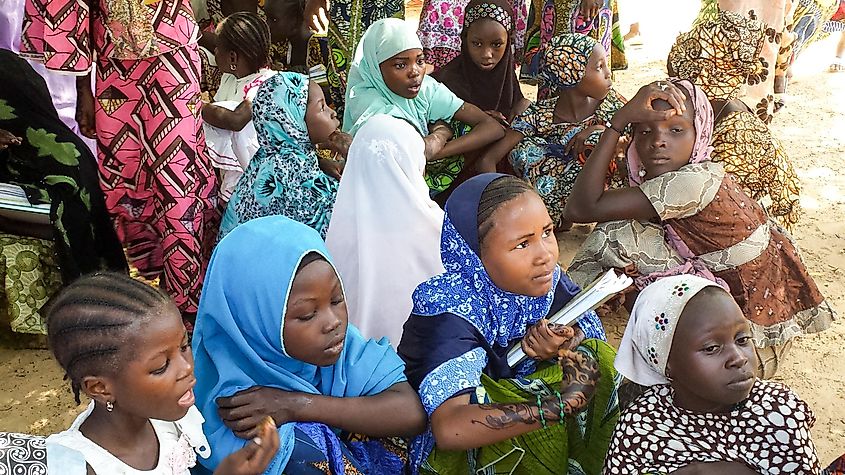
Niger
Growth rate: 3.66%, Population: 22,772,361
It is anticipated that Niger’s population will grow to over 50 million people by 2041 and 100 million by 2068. Historically, the country experienced slow population growth, but for the past 30 years, its growth rate has stayed above 3%. Between 2019 and 2020, Niger's population went up by around 896,000. A reason for the country's strong population growth is its very high fertility rates—at 6.95 births per mother, this rate is one of the world's highest. Niger's life expectancy is low at 62.5 years and reflects the numerous public health issues it deals with such as the AIDS epidemic, but it has increased by 0.6% since 2019.
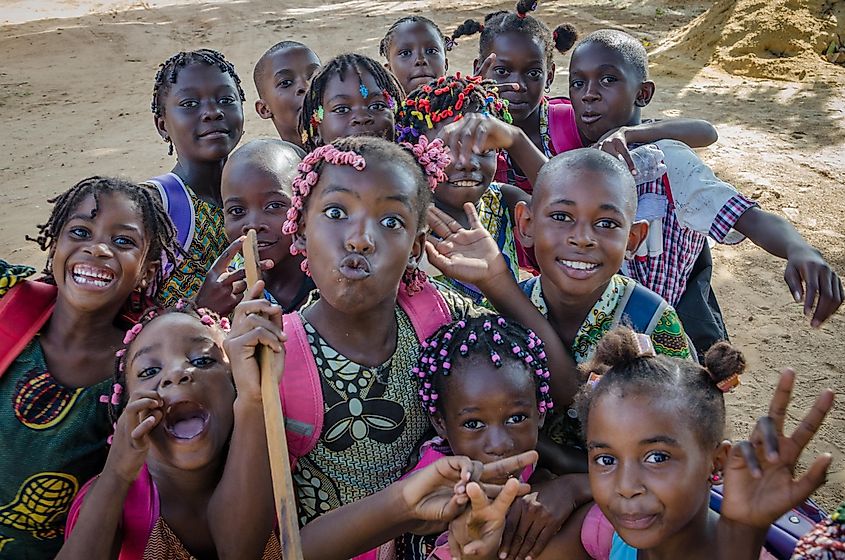
Angola
Growth rate: 3.43%, Population: 32,522,339
Since 1975, Angola's population has been growing at more than 3% and in recent times, the country has seen over 1 million people added each year. This trend is not anticipated to change. Angola's fertility rate is one of the world's highest, at 5.55 births per mother, which is one explanation for its fast population growth. The country's population is quite young, with a median age at 16.7 years, which is an effect of the fact that the country unfortunately has a low life expectancy at 60 years due to widespread poverty and conflict in the country.

Benin
Growth rate: 3.40%, Population: 12,864,634
It is estimated that Benin's population will go beyond 15 million people in 2030 and 46.83 million people by 2099—which would more than triple the country's current population. This year, Benin saw an increase of over 322,000 people to its population. Although the country's fertility rate went down during the last five years from 5.22 births per mother, it is still relatively high at 4.87 and is a major contributing factor to the country's population growth.
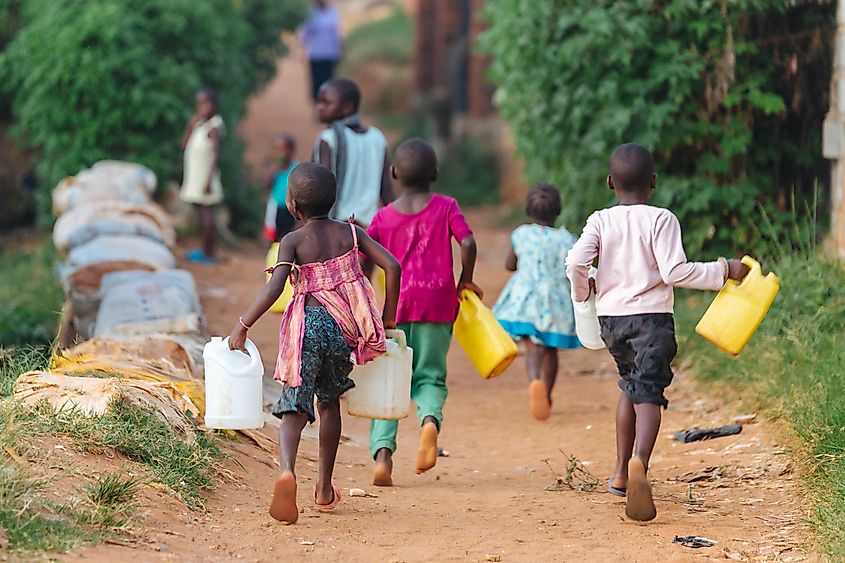
Uganda
Growth rate: 3.34%, Population: 43,252,966
For the last few decades, Uganda's growth rate has stayed at about 3%, which is at least an additional 1 million people joining the country each year. The fertility rate of 4.78 births per mother is the major contributor to Uganda's growth rate, as life ex[ectancy is 63 years in the country. There have been numerous issues associated with Uganda's swift growth in population, including high poverty and unemployment, poor waste management and infrastructure, and degrading environmental conditions. At the rate things are going, it is expected that the country's population will exceed 100 million people by 2060.
Population Growth and the Future
The five countries with the highest population growth are Syria, Niger, Angola, Benin, and Uganda, four of which are in Africa. Africa's population is increasing at such a fast pace because births outnumber deaths four to one, and the continent's mortality has decreased despite it still being the highest in the world. In fact, it is believed that a third of the world's population could very likely be African by 2100.
Because of people living healthier and longer, in better living conditions, the world's population could reach 11.2 billion by the year 2100. However, this is not all positive—projections, after all, remain projections.
Countries With the Highest Population Growth
| Rank | Country | 2020 estimated population growth (%) |
|---|---|---|
| 1 | Syria | 4.25 |
| 2 | Niger | 3.66 |
| 3 | Angola | 3.43 |
| 4 | Benin | 3.4 |
| 5 | Uganda | 3.34 |
| 6 | Malawi | 3.3 |
| 7 | Chad | 3.18 |
| 8 | Democratic Republic of the Congo | 3.18 |
| 9 | Mali | 2.95 |
| 10 | Zambia | 2.89 |
| 11 | Burundi | 2.85 |
| 12 | Cameroon | 2.78 |
| 13 | Guinea | 2.76 |
| 14 | Liberia | 2.71 |
| 15 | Tanzania | 2.71 |
| 16 | South Sudan | 2.7 |
| 17 | Sudan | 2.69 |
| 18 | Burkina Faso | 2.66 |
| 19 | Mozambique | 2.62 |
| 20 | Ethiopia | 2.56 |
| 21 | Togo | 2.56 |
| 22 | Western Sahara | 2.54 |
| 23 | Nigeria | 2.53 |
| 24 | Guinea-Bissau | 2.51 |
| 25 | Gabon | 2.5 |



